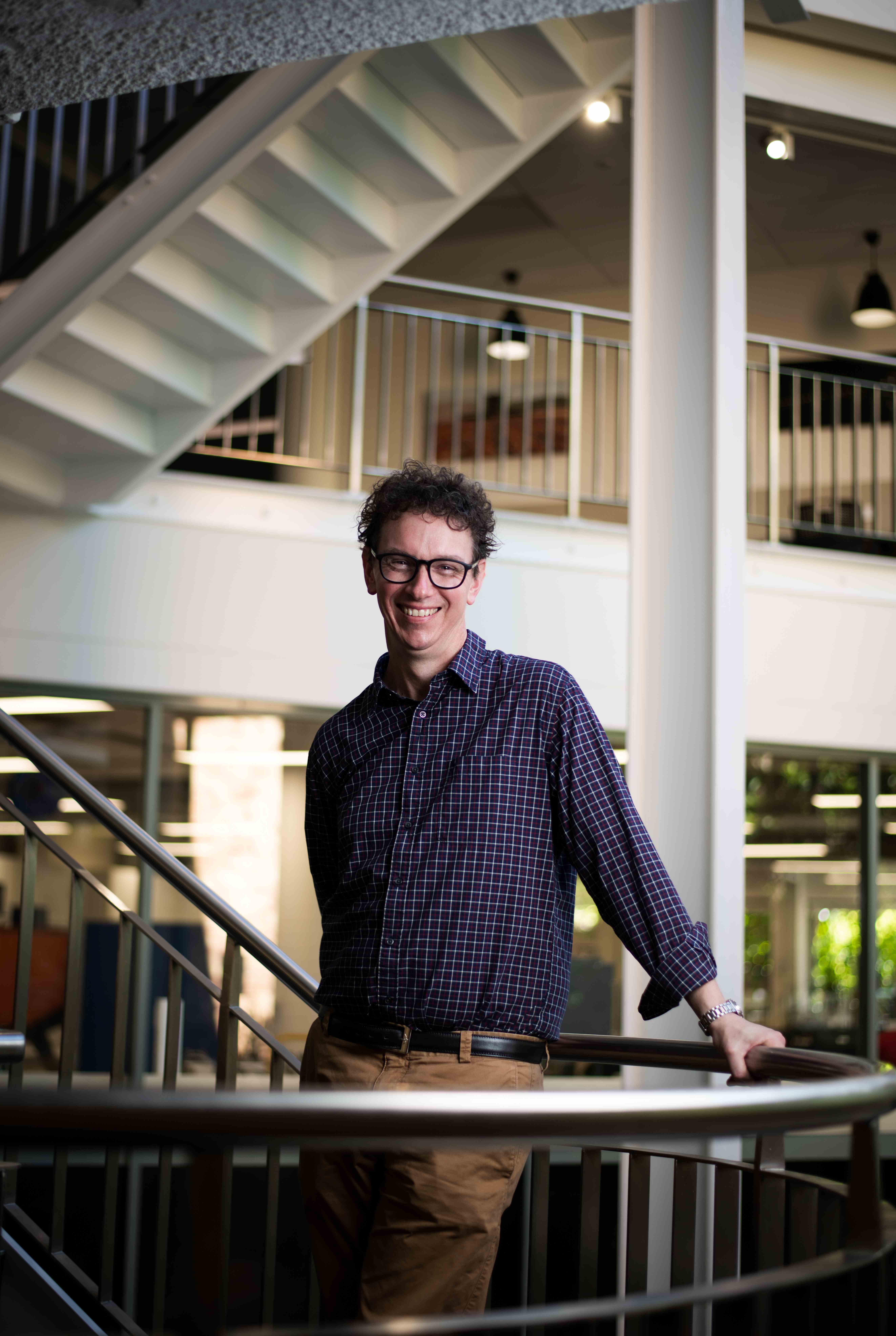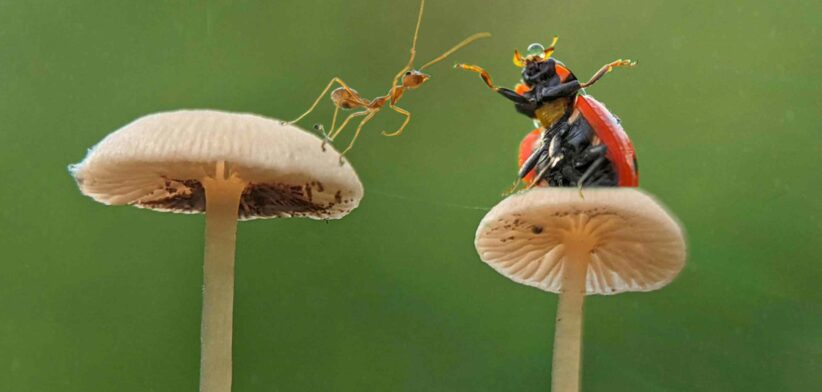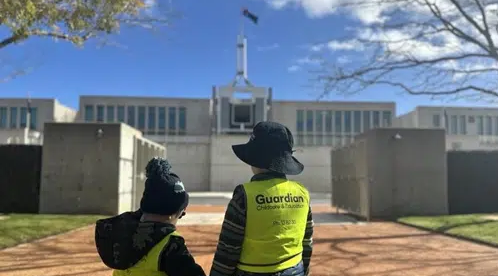Aerial fungi has been identified as an important means to track the “signatures of life” that can help determine the state of species diversity.
Global research led by Finland’s University of Jyväskylä is aimed at developing new types of biodiversity sampling techniques to revolutionise biomonitoring in coming years.
The latest findings are outlined in the paper ‘Airborne DNA reveals predictable spatial and seasonal dynamics of fungi’ published in the journal Nature.
Chair of Science and Entomologist at Southern Cross University, Professor Nigel Andrew, was part of the study, providing samples from the NSW New England Tablelands.
“The air that surrounds us is full of the signatures of life,” Professor Andrew said.
“DNA from all species living on land is floating around in the air. This DNA can be used to sample and assess the diversity and distribution of all species and give us poorly known taxa – such as fungi.”
Only a small proportion of nature’s diversity, or species richness, is known, particularly with respect to insects and fungi which have millions of species still unknown to science.
At the same time, the loss of nature is progressing at an unprecedented rate, and researchers are racing against time to document unknown diversity and also devise ways to save it.
The research team used DNA sequencing to identify fungi from air samples collected from 47 sites around the world.
Study lead author Dr Nerea Abrego of the University of Jyväskylä said the research enhanced knowledge about the climatic and evolutionary factors influencing the occurrence and seasonal variation of previously known and unknown fungi.
“This knowledge is essential not only to understand where and when different fungal species thrive, but also to predict their fate under the ongoing global change,” Dr Abrego said.
Her colleague, Academy Professor Otso Ovaskainen is leading a follow-up project in which fungi, insects, mammals, birds, bats, and frogs are studied at hundreds of locations around the world.
“There are more than million insect species in the samples already collected, which is many more species than have been described by science so far,” Professor Ovaskainen said.
“The enormous size of the data set makes analysis challenging. We have more than a hundred years of sound, millions of camera trap images, and billions of DNA sequences.”
Professor Andrew initiated the Australian node of this project and he and his team collected spore samples twice a week for 18 months in a Eucalypt forest reserve on the NSW New England Tablelands. The spore samples were sent to Finland for processing and analysis.
“It is a great experience working in these large international teams. What seems like a simple process at one site, can be technically challenging to replicate and analyse globally,” Professor Andrew said.
“I have been part of similar teams assessing caterpillar predation, dung beetle ecosystem services and plant herbivory globally. Collecting ecological data on your local patch and relating it to other sites globally is really exciting. It helps us better understand our environment when it is undergoing rapid climatic and land-use change”.









